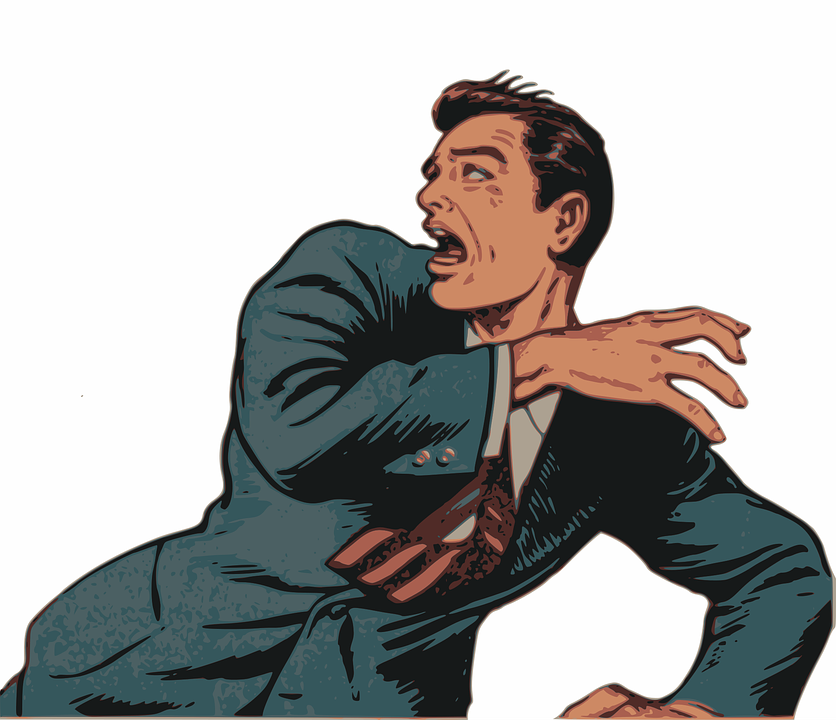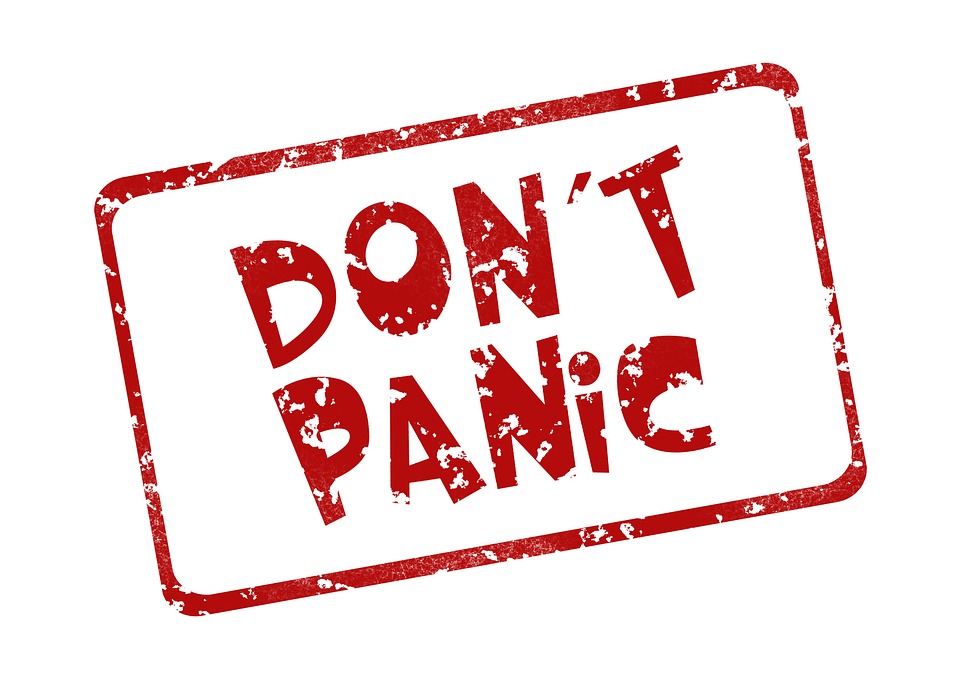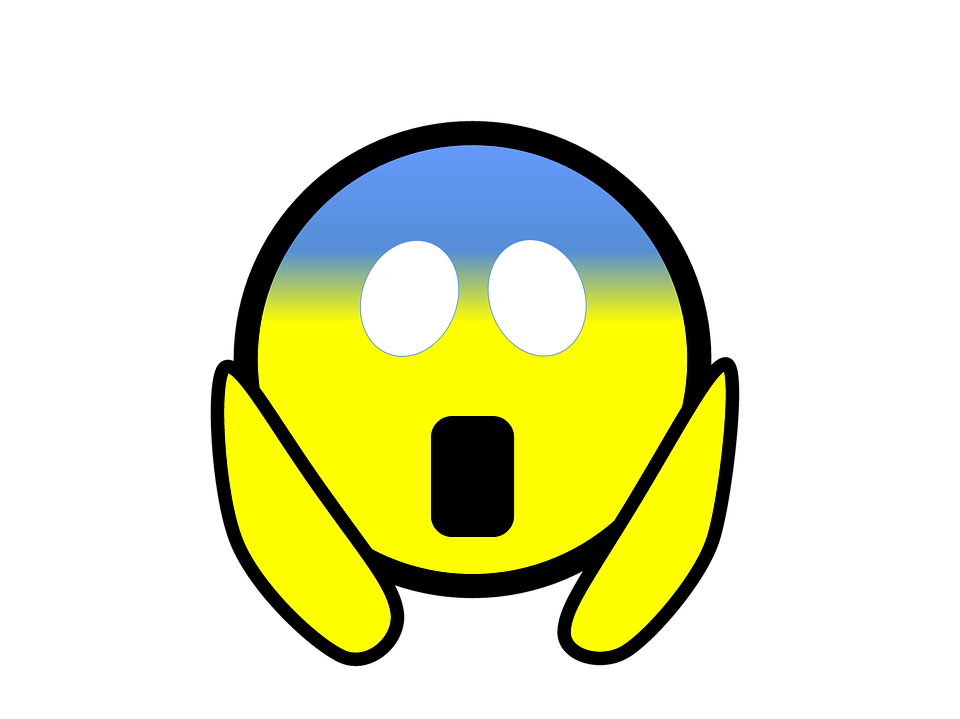What is fear
Fear is an emotional response to a perceived threat or danger. It can manifest as a feeling of anxiety or panic and cause physical symptoms such as an increased heart rate, sweating, and trembling. Fright can be a natural and adaptive response, helping us to avoid dangerous situations and protect ourselves. However, excessive or chronic trepidation can be debilitating and negatively impact a person’s quality of life.
Types of fear
There are many different types of fright, some of which include:
- Specific phobias: Intense fear of a specific object or situation, such as heights, enclosed spaces, or snakes.
- Social phobia: Fright of social situations or judgments by others.
- Agoraphobia: Trepidation of open or public spaces.
- Generalized anxiety disorder: excessive and unrealistic worry about everyday events or activities.
- Panic disorder: recurrent, unexpected panic attacks.
- Post-traumatic stress disorder (PTSD): Fright and anxiety related to a traumatic event.
- Acute stress disorder: Fear and anxiety related to a traumatic event that occurs within the first month after the event.
- Separation anxiety disorder: Excessive trepidation of separation from a primary caregiver.
- Specific phobias for the natural environment like water, heights, thunderstorms, etc.

This is not an exhaustive list, and there may be other types of trepidation. Additionally, fright can also be a symptom of other mental health conditions.
Some features of fear include:
- Rapid heartbeat: Fright can cause an increase in heart rate, which can make a person feel like their heart is racing or pounding.
- Sweating: Fear can cause a person to sweat, especially on their palms, face, and underarms.
- Tremors or shaking: Fear can cause a person’s hands or whole body to shake or tremble.
- Shortness of breath: Trepidation can cause a person to feel like they can’t catch their breath or like they’re suffocating.
- Nausea or stomach discomfort: Fear can cause a person to feel sick to their stomach or like they want to throw up.
- Dizziness or lightheadedness: Furthermore, fear can cause a person to feel lightheaded or dizzy.
- Muscular tension: Fear can cause muscles to tense up, which can lead to feelings of stiffness or pain.
- Flushing or pale skin: Fear can cause a person’s skin to turn red or pale.
- Choking or smothering sensations: Fear can cause a person to feel like they’re choking or like they can’t get enough air.
- Visual disturbances: Fear can cause a person to see things that aren’t there or to have trouble focusing. However, these features are common signs of fear, but they may vary depending on the individual and the situation.

Some of these symptoms can be similar to other medical conditions and it’s important to consult a doctor if you are experiencing any of these symptoms.
Fear can be caused by a variety of factors, including:
- Threatening situations: Fear is a natural response to situations that are perceived as dangerous or potentially harmful, such as encountering a wild animal or being in a car accident.
- Trauma: Traumatic events, such as experiencing physical or emotional abuse, witnessing violence, or surviving a natural disaster, can cause fear and anxiety.
- Past experiences: Fear can be triggered by memories of past traumatic events, even if the person is no longer in danger.
- Genetics: Moreover, some people may be more prone to terror and anxiety due to genetic factors.
- Brain chemistry: Fright and anxiety can be caused by imbalances in the levels of certain chemicals in the brain, such as serotonin and dopamine.
- Social learning: Fear can be learned through observing the fear or anxious behaviors of others.
- Medical conditions: Fear can also be a symptom of certain medical conditions, such as a thyroid disorder or heart disease.
- Phobias: Fear can be caused by specific phobias, which are intense and irrational fears of certain objects or situations.
Accordingly, it’s also important to note that fear can be a normal response to certain situations, and it’s not always a negative thing, but when it starts to affect daily life, it’s important to seek professional help.

There are several ways to overcome fright, some of which include:
- Cognitive-behavioral therapy (CBT): This type of therapy can help a person identify and change negative thought patterns and behaviors that contribute to fear and anxiety.
- Exposure therapy: This type of therapy involves gradually exposing a person to the object or situation they fear in a controlled and safe environment. This can help a person learn that the feared object or situation is not as dangerous as they thought.
- Mindfulness and relaxation techniques: Mindfulness techniques, such as meditation and yoga, can help a person stay present and focused, rather than experiencing fear-inducing thoughts. Relaxation techniques, such as deep breathing and progressive muscle relaxation, can help a person relax and reduce physical symptoms of fright.
- Medications: Antidepressants, anti-anxiety medications, and beta blockers can be prescribed to help ease the symptoms of fright and anxiety.
- Self-help: Self-help techniques, such as journaling, positive self-talk, and visualization can help a person gain more control over their fright and anxiety.
- Support groups: Talking to others who have gone through similar experiences can help overcome terror.
- Professional help: A therapist, counselor or mental health professional can help a person understand and address the underlying causes of trepidation and develop a plan to overcome it.
Therefore, it’s important to note that what works for one person may not work for another, and it’s important to work with a professional to find the right approach for you.

Verses:
Fear grips me tight and won’t let go,
A prison of my own making,
A suffocating cloak that I can’t throw,
Consequently, my thoughts and heart are constantly shaking.
It whispers lies in my ear,
Telling me I’m weak and alone,
That I’ll never conquer my fear,
And that I’ll always be on my own.
But I will not let it defeat me,
I’ll face it head-on and be strong,
For fright is only an illusion,
That I have the power to prolong.
I’ll take a deep breath and step forward,
With courage as my shining shield,
I’ll overcome my fears and soar,
For I am the master of my field.
So I’ll march on with head held high,
For I am not afraid to be me,
I’ll chase my dreams and touch the sky,
Indeed, fear will not control my destiny.
Vibrant Vaishnavi
